Bamboo is one of the world’s most recognised and widely used plants. But how much do you really know about it?
This wonder of the natural world is used across the globe for an ever increasing number of things by people and companies looking for more sustainable and eco friendly materials.
1 – Bamboo Is Not A Tree
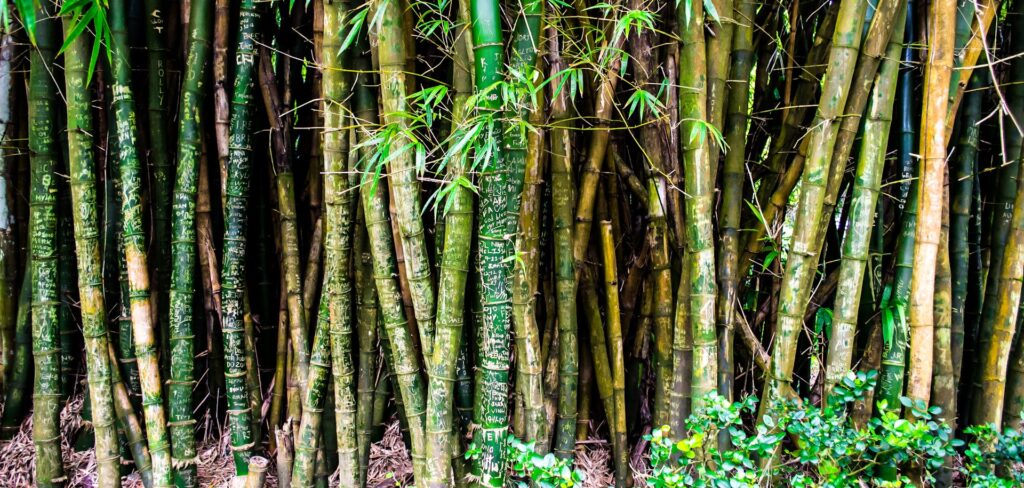
Bamboo, though often mistaken for a tree, is actually a grass belonging to the Poaceae family. Unlike trees, bamboo lacks a woody trunk and instead features hollow stems called culms. Its classification as a grass is due to its jointed structure, rapid growth, and ability to regenerate from underground rhizomes.
This grass-like nature allows bamboo to thrive in diverse climates and regenerate quickly, making it an eco-friendly alternative to traditional wood sources.
2 – Fast Growing
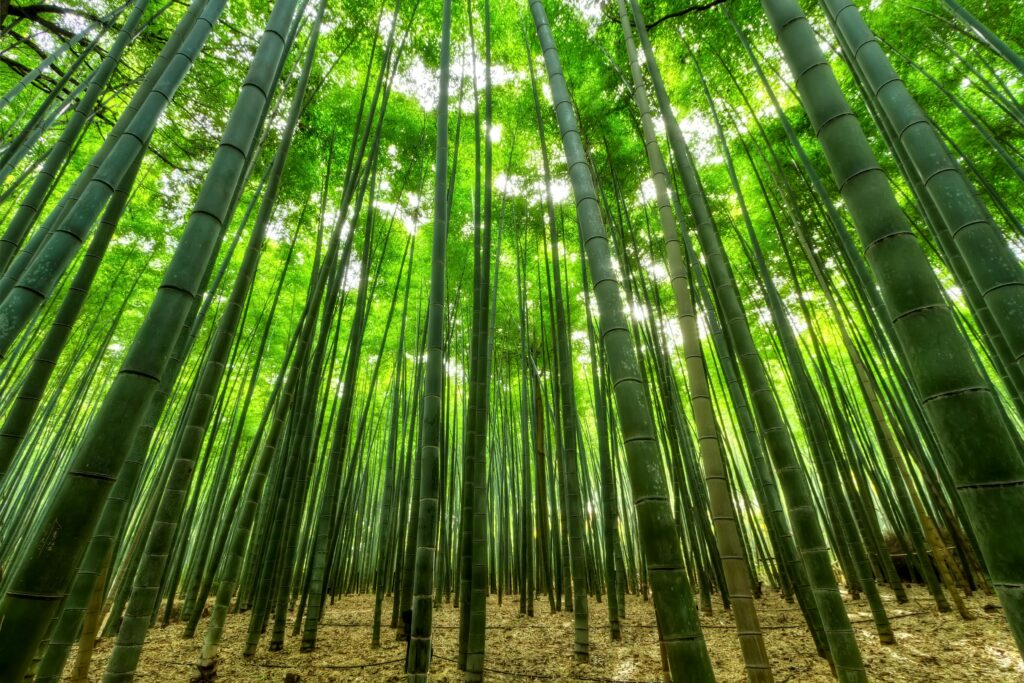
Bamboo is renowned for being the fastest-growing plant on Earth, capable of shooting up to 35 inches in a single day under ideal conditions. This rapid growth is due to its grass-like structure and efficient energy storage in underground rhizomes.
Certain species, such as Phyllostachys edulis (Moso bamboo), can grow over 90 feet tall within a few months. Its extraordinary growth rate makes bamboo an excellent sustainable resource for construction, textiles, and environmental restoration projects.
3 – Sustainable and Eco Friendly
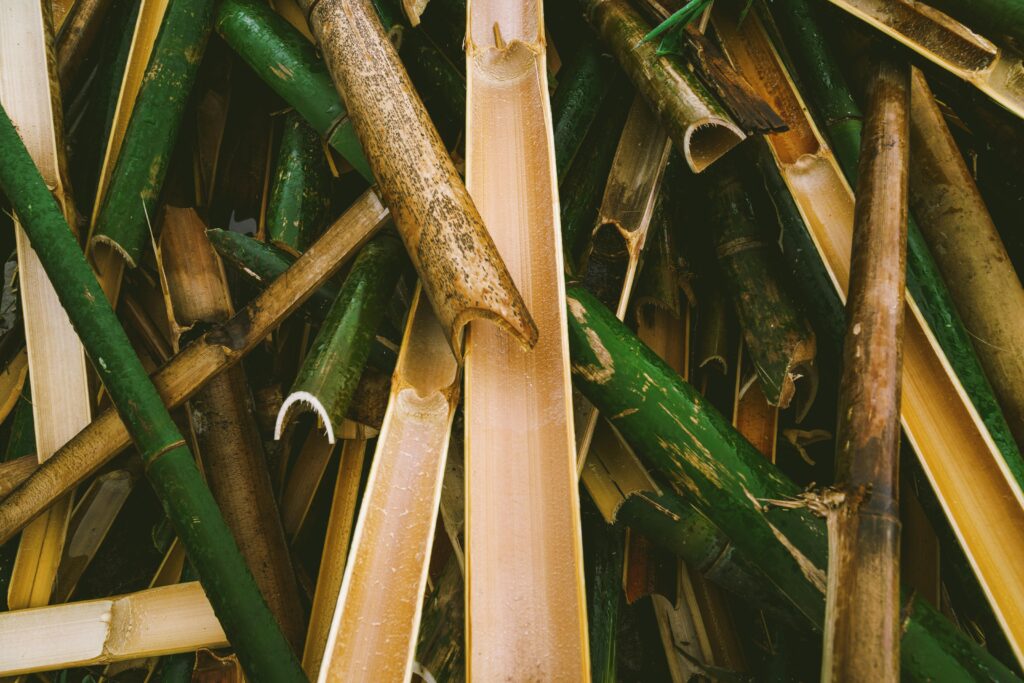
Bamboo is an environmentally friendly, sustainable, and renewable resource. It grows rapidly, with some species maturing in just 3-5 years, unlike hardwood trees that can take decades. Its ability to regenerate from existing roots eliminates the need for replanting, reducing soil erosion.
Bamboo also absorbs more carbon dioxide and releases more oxygen than many tree species, aiding in combatting climate change. Its versatility and biodegradability make it a sustainable alternative for products like furniture, paper, and textiles.
4 – Bamboo Is Stronger Than Steel
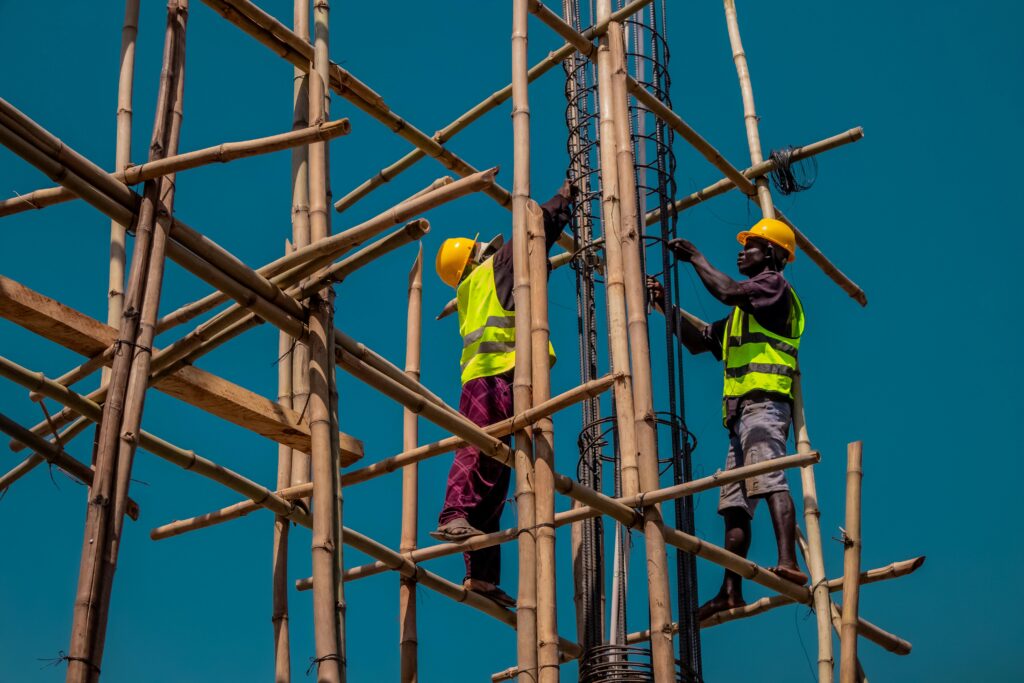
Bamboo is exceptionally strong, boasting a tensile strength of up to 28,000 psi, which surpasses steel’s tensile strength of 23,000 psi. This means bamboo can endure more stress before breaking. Its strength comes from its dense fibers and flexibility, making it resistant to bending and breaking under pressure.
Lightweight yet durable, bamboo is widely used in construction, scaffolding, and furniture. Its combination of strength and sustainability makes it a valuable alternative to conventional building materials.
5 – Huge Number of Bamboo Species
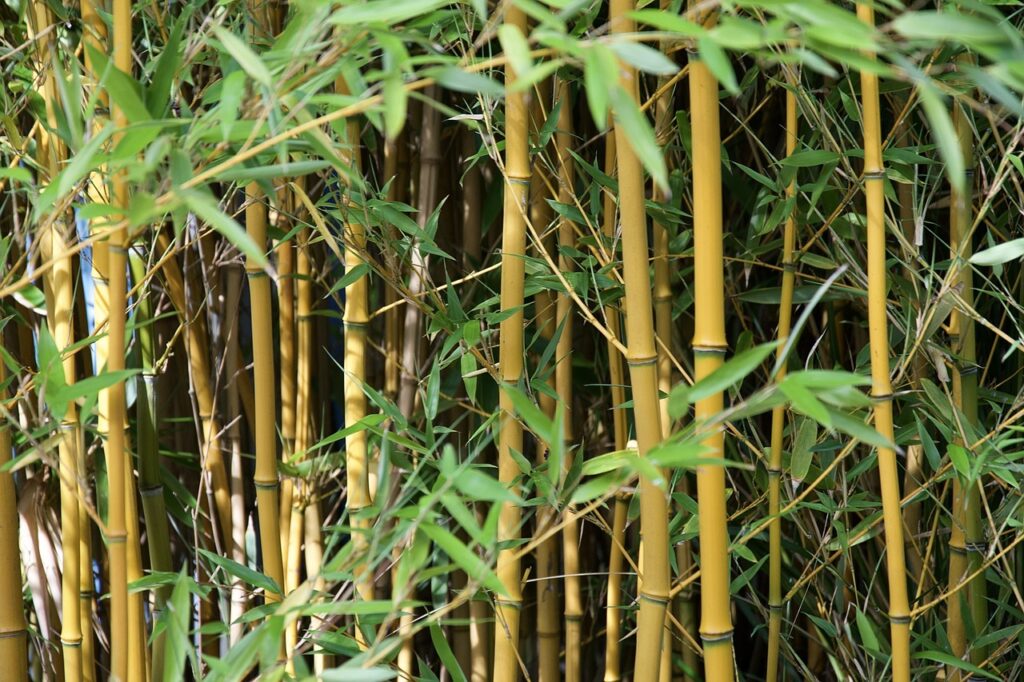
There are over 1,500 species of bamboo distributed across various climates, primarily in tropical and subtropical regions. These species vary widely in size, from dwarf varieties to towering giants like “Dendrocalamus giganteus”, which can grow over 100 feet tall.
Bamboo is classified into clumping and running types, depending on its growth pattern. This diversity enables bamboo to thrive in diverse ecosystems, making it an essential resource for habitats, industries, and ecological restoration projects worldwide.
6 – Bamboo Is A Carbon Capturing Champion
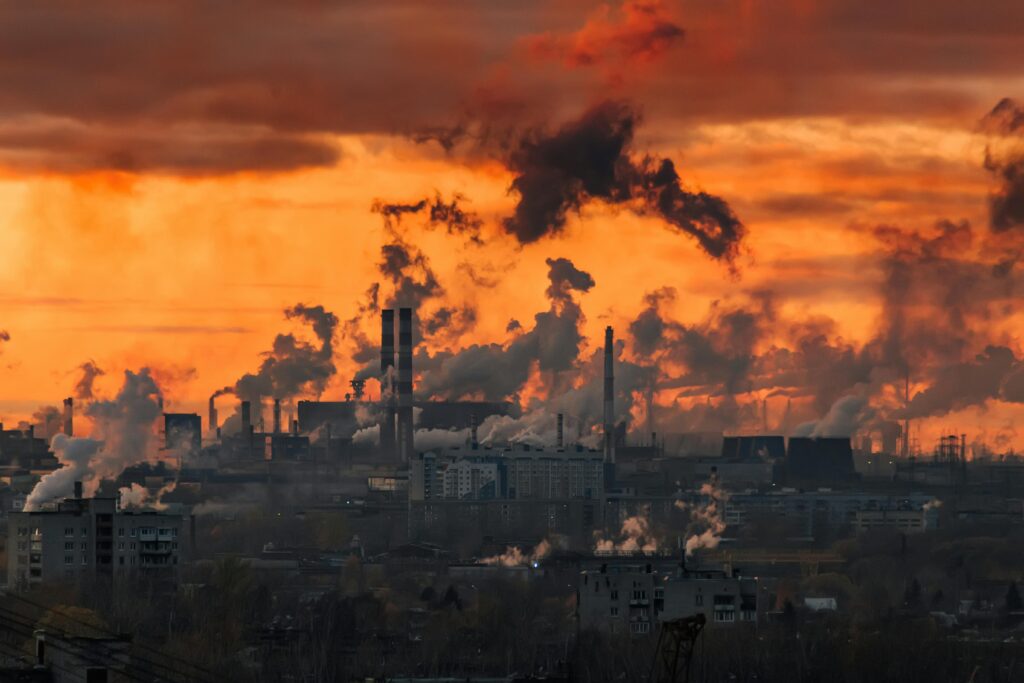
Bamboo is highly effective at capturing carbon dioxide, absorbing more CO2 than many tree species. A mature bamboo grove can capture up to 12 metric tons of CO2 per hectare annually.
Its rapid growth and continuous regeneration allow it to store carbon efficiently while releasing 35% more oxygen than equivalent-sized forests.
This makes bamboo an excellent tool for combating climate change and supporting sustainable land use practices in both rural and urban environments.
7 – Bamboo Is Used In A Wide Range Of Products

Bamboo is widely used in various commercial products due to its strength, versatility, and sustainability. It is crafted into furniture, flooring, and construction materials, prized for its durability and aesthetic appeal.
Bamboo textiles, including clothing and bed linens, are popular for their softness and breathability. Additionally, bamboo is used for making paper, utensils, toothbrushes, and even bicycles.
Its biodegradability and eco-friendliness make it a preferred material in industries striving for sustainable alternatives.
8 – Bamboo Is Used In Cooking

Bamboo shoots are a culinary delicacy consumed globally, especially in Asian countries like China, Japan, and India. These young shoots are rich in fiber, low in calories, and prized for their crunchy texture and earthy flavor.
They are used in soups, stir-fries, and pickled dishes. In Africa and South America, bamboo is also a staple in traditional recipes. Their versatility and nutritional benefits make bamboo shoots a sustainable and healthful ingredient worldwide.
9 – Bamboo Is Not Just For Pandas
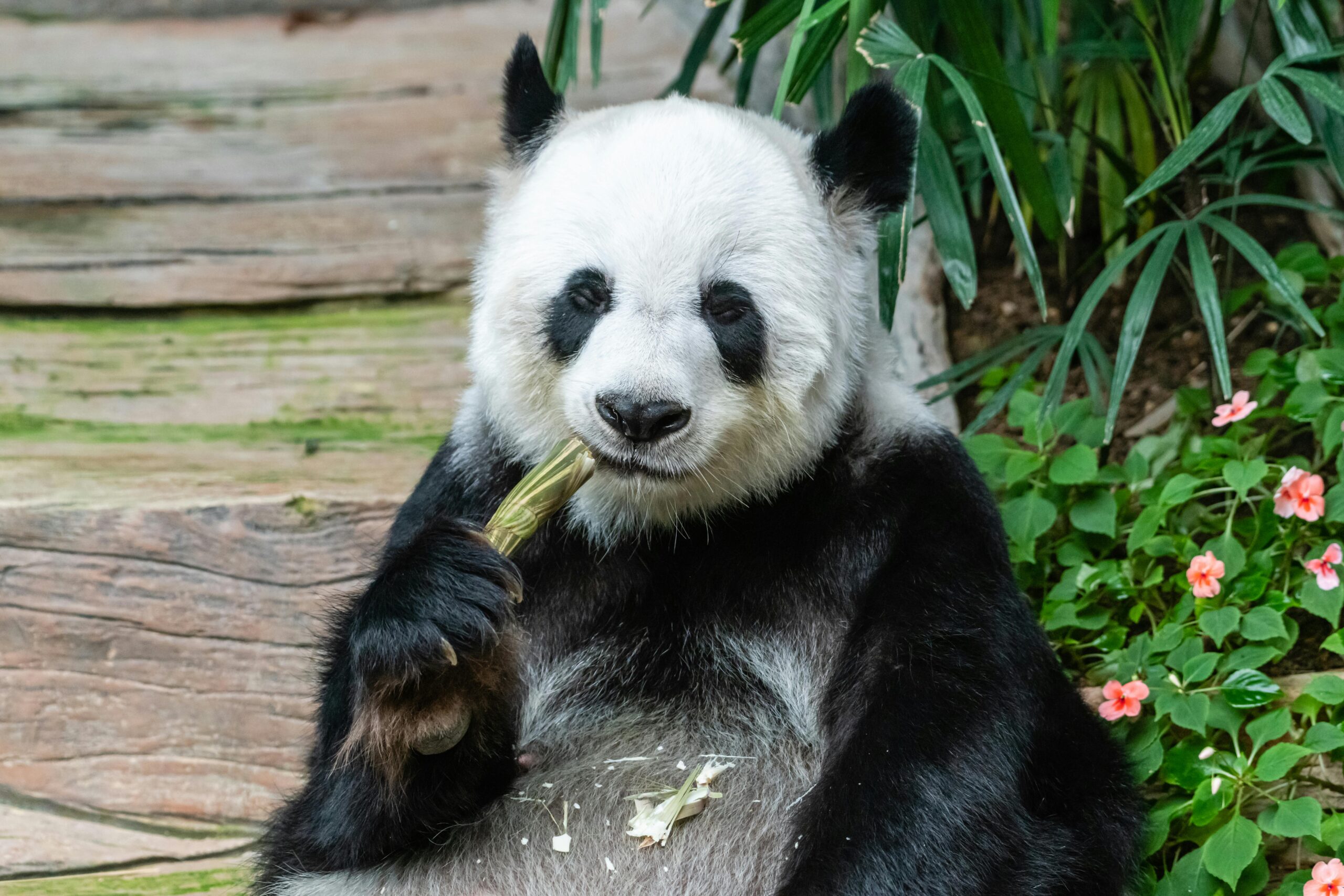
Various animals rely on bamboo as a primary food source. The most well-known is the giant panda, which consumes up to 40% of its body weight in bamboo daily.
Other animals that eat bamboo include the red panda, which prefers tender bamboo leaves, and several species of lemurs, such as the bamboo lemur in Madagascar.
Additionally, bamboo is a food source for certain species of elephants, which strip the bark and eat the shoots. These animals have evolved specialized diets to digest bamboo’s tough fibers.
10 – Bamboo Defends Itself
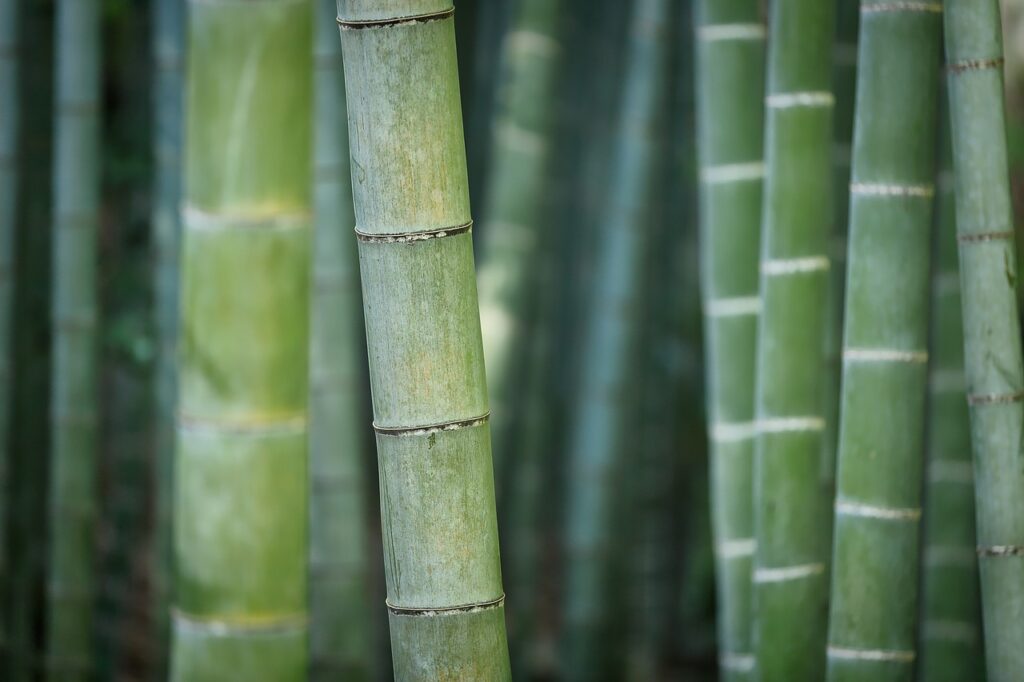
Bamboo is naturally resistant to pests due to a compound called “bamboo kun,” which acts as a natural insect repellent.
This chemical deterrent helps prevent infestations of termites, fungi, and other pests, allowing bamboo to thrive without heavy use of pesticides. The plant’s dense, fibrous structure also makes it less appealing to many herbivores.
Its resistance to pests makes bamboo an ideal material for eco-friendly construction and products, reducing the need for chemical treatments.

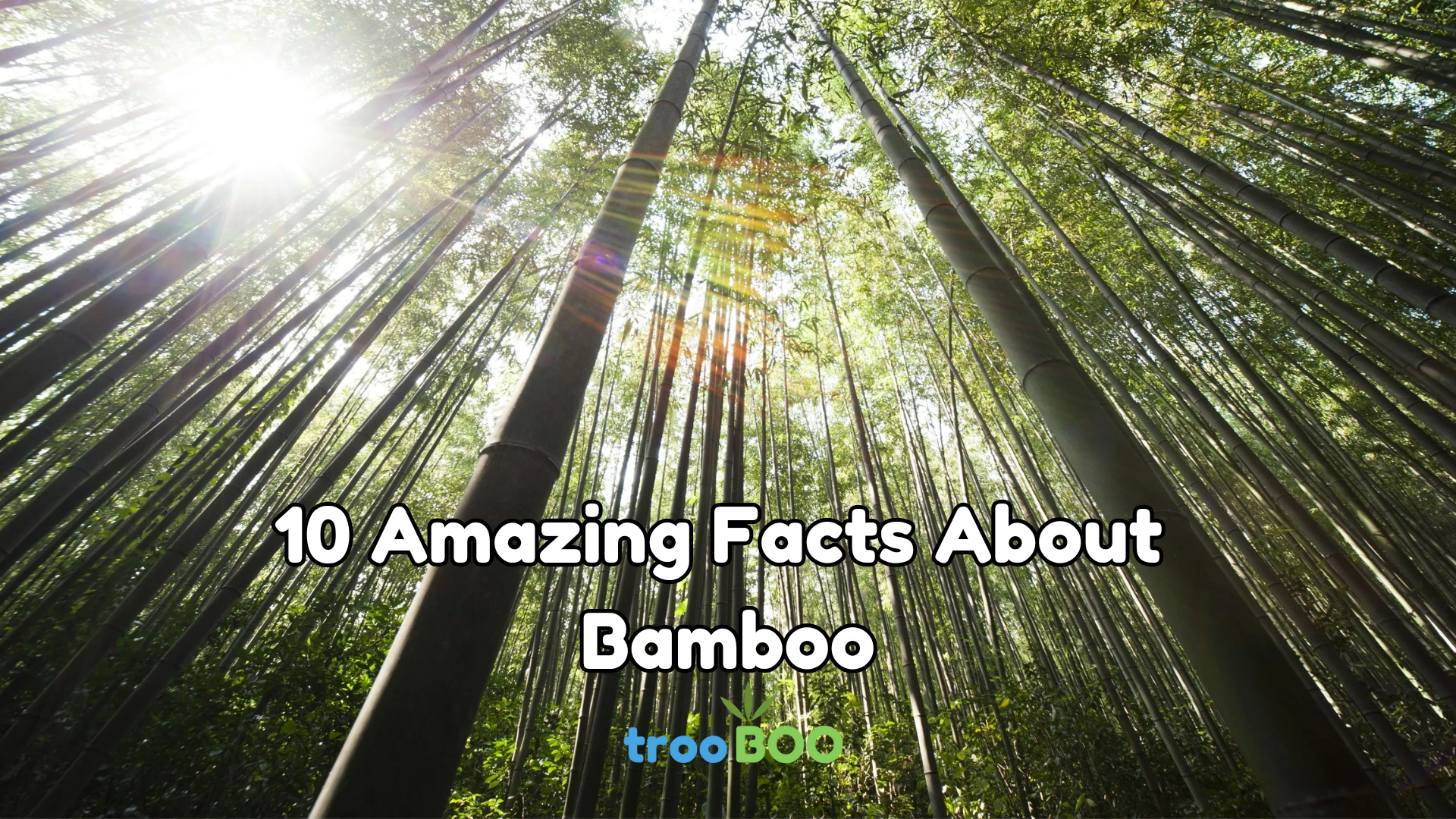
2 Replies to “10 Amazing Facts That You Didn’t Know About Bamboo”